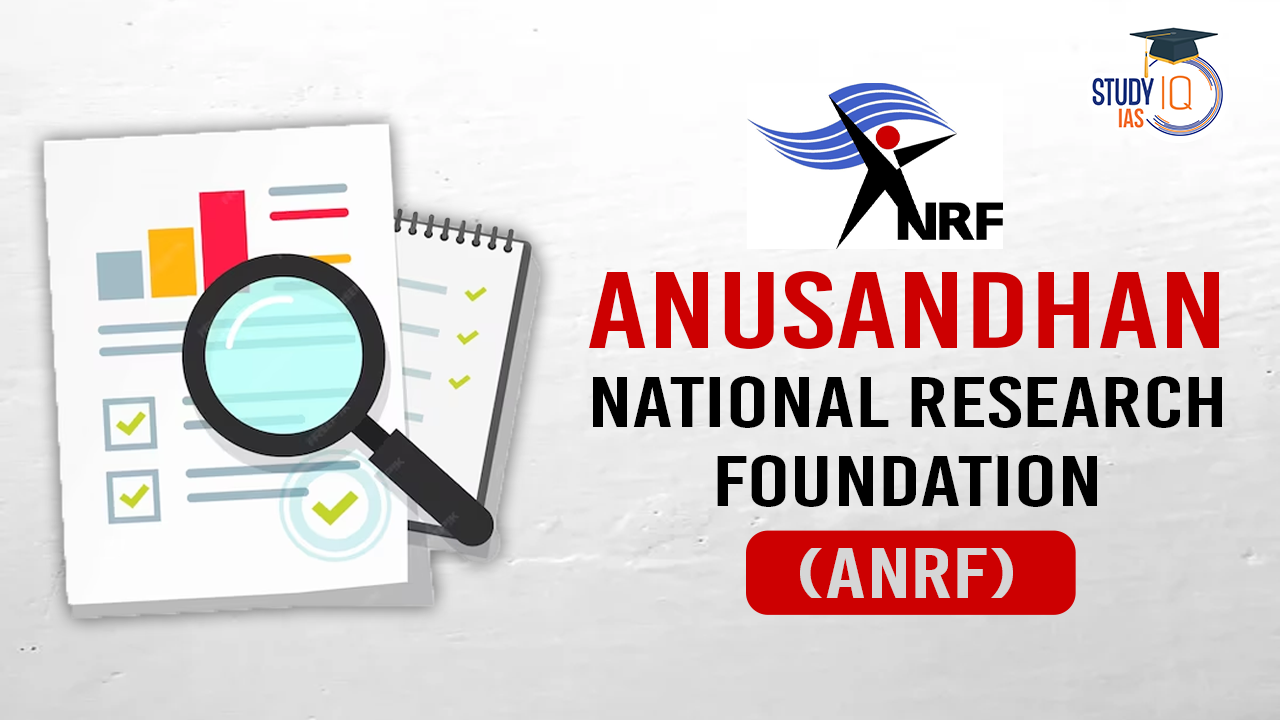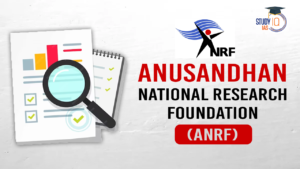As per the Synthesis Report of the Sixth Assessment Report of the Intergovernmental Panel on Climate Change (IPCC), human activities, principally through emissions of greenhouse gases, have unequivocally caused global warming, with global surface temperature reaching 1.1°C above 1850-1900 level in the decade of 2011-2020. The Working Group II in its contribution to the Sixth Assessment Report of the IPCC, dealing with Impacts, Adaptation and Vulnerability, has reported that worldwide climate change is increasingly affecting marine, freshwater and terrestrial ecosystems and ecosystem services, water and food security, settlements and infrastructure, health and well-being, and economies and culture, especially through compound stresses and events.
India’s Third National Communication submitted to the United Nations Framework Convention on Climate Change (UNFCCC) in 2023 has reported that India is experiencing full range of climate change impacts, ranging from floods and droughts to heatwaves and glacier melt. The impacts of climate change are observed in sectors, biodiversity and forests; agriculture; water resources; coastal and marine ecosystems; human health; gender; urban and infrastructure.
India’s climate actions across various sectors are embedded in various programme and schemes. The National Action Plan on Climate Change (NAPCC) provides the overarching framework for all climate actions and comprises missions in specific areas of solar energy, enhanced energy efficiency, sustainable habitat, water, sustaining Himalayan ecosystems, Green India, sustainable agriculture, human health and strategic knowledge for climate change. All these Missions are institutionalized and implemented by their respective Nodal Ministries/Departments, Further, thirty-four States/Union Territories (UTs) have prepared their State Action Plans on Climate Change (SAPCC) in line with NAPCC taking into account the State specific issues relating to climate change. The responsibility of the implementation of the SAPCCs rest with the respective States.







